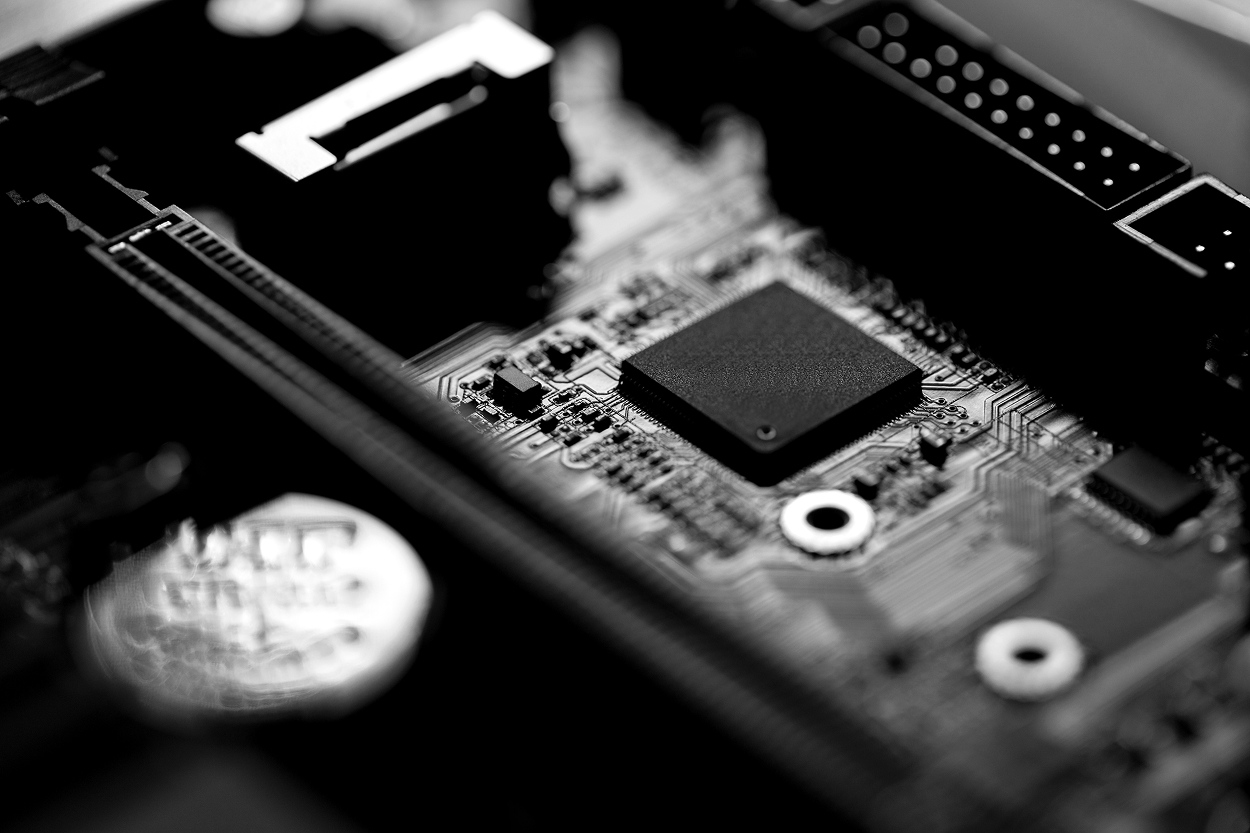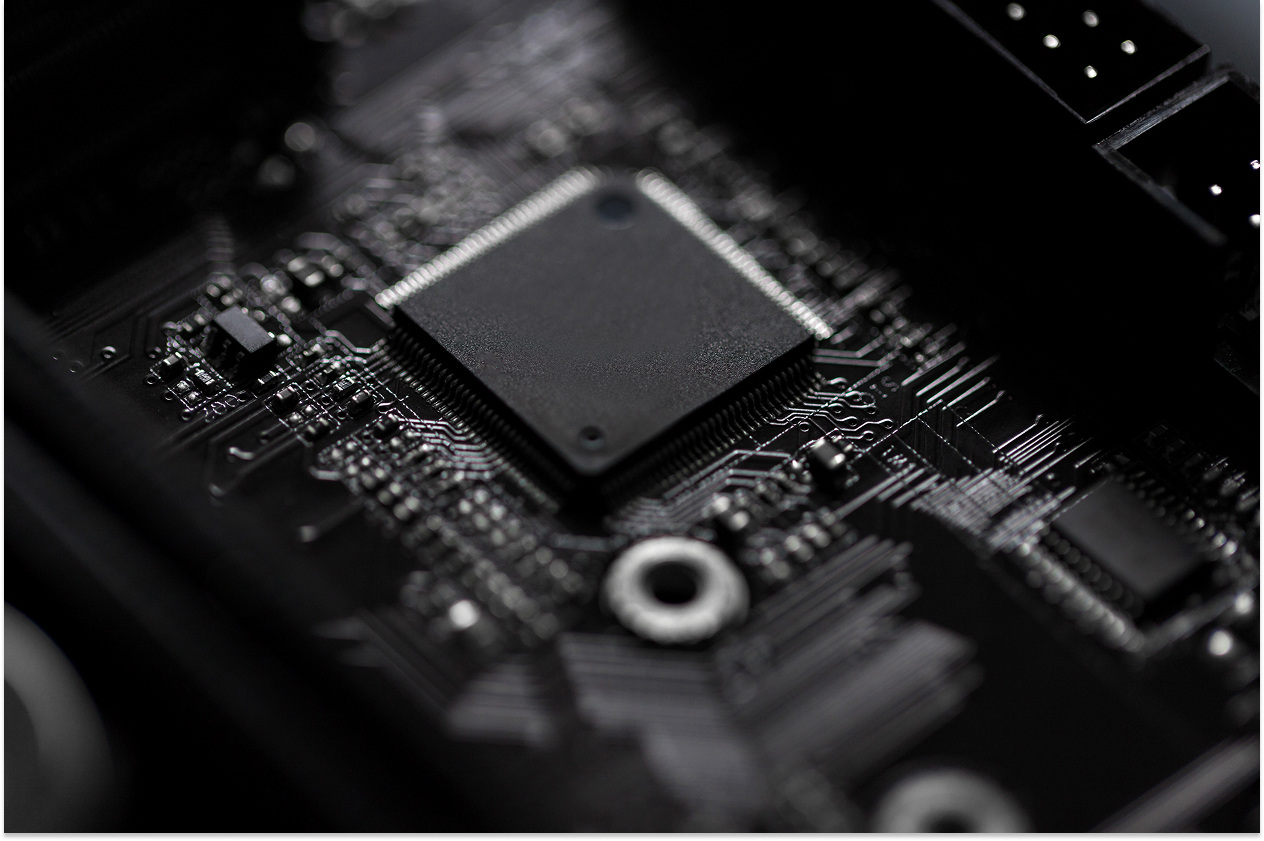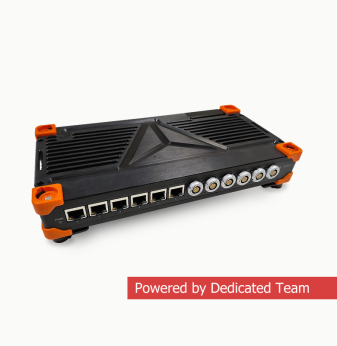RISC-V-Based Hardware for Industrial Applications: Open Architecture Meets Tough Requirements

The industrial sector demands embedded systems that are reliable, deterministic, and cost-efficient, yet flexible enough to evolve with standards and future needs. Traditionally, proprietary microcontroller and processor architectures have dominated — from ARM Cortex series to x86. But now RISC-V, the open instruction set architecture (ISA), is reshaping the hardware landscape.
RISC-V allows companies to tailor processor designs for specific workloads, balance power vs. performance precisely, and avoid vendor lock-in. This makes it particularly attractive for industrial applications where longevity, customization, and regulatory compliance drive design choices.
In this article, we dive into how RISC-V is being adopted in industrial systems, the benefits and challenges it presents, and practical engineering considerations for developing RISC-V-based hardware.
Why RISC-V Appeals to Industrial Embedded Engineers
Open, Royalty-Free ISA
RISC-V is governed by an open foundation, with no licensing fees or proprietary lock-in. This means:
- Complete control over hardware IP.
- Freedom to implement only the extensions needed (or custom ones) without paying royalties.
This is crucial for long-lifecycle industrial products that may need support 10-20 years down the line.
Custom Extensions for Domain-Specific Needs
Unlike fixed ISAs, RISC-V allows adding application-specific instructions. For example:
- DSP-style instructions for sensor signal processing.
- Safety-critical monitoring extensions for failover systems.
- Optimized math for power electronics control.
This level of tailoring enables leaner, more efficient silicon.
Typical Industrial Use Cases for RISC-V Hardware
Motor Control and Power Electronics
Deterministic timing is essential in controlling motors, inverters, and converters. RISC-V cores with hardware real-time extensions (like SiFive’s additions) are being used in:
- Variable frequency drives (VFDs).
- Robotic actuators.
- Industrial HVAC control.
Safety and Monitoring Systems
RISC-V’s simplicity makes it easier to verify formally, an asset for systems needing IEC 61508 SIL or ISO 13849 compliance.
Edge AI and Data Aggregation
Custom RISC-V cores integrate lightweight AI accelerators for predictive maintenance or local anomaly detection without needing high-power GPUs.
Key Hardware Features for Industrial-Grade RISC-V Systems
ECC and Memory Protection
- ECC on RAM and Flash to detect/correct bit flips from radiation or aging.
- MPU (Memory Protection Unit) or MMU for safe separation of tasks.
Rich Peripheral Sets
Industrial applications require native support for:
- CAN / CAN FD, LIN, EtherCAT, and TSN-capable Ethernet.
- SPI/QSPI, I2C for sensor arrays.
- PWM and ADC modules with deterministic latency.
Industrial Temperature and Longevity
Chips qualified for -40 to +125 °C operation and supported by vendors with long-term availability (10-15 years typical).
Real-Time and Determinism Challenges
Why RTOS is Essential
Bare-metal RISC-V works for simple control loops, but once multiple tasks or I/O concurrency arise, an RTOS ensures:
- Deterministic task switching.
- Priority-based interrupt handling.
- Integration with industrial fieldbus stacks.
Popular RTOS choices like FreeRTOS and Zephyr already support RISC-V.
Timer Resolution
Many RISC-V MCUs are still maturing in high-resolution timers (<1 µs), which is crucial for precise motor control and industrial synchronizations.
Security and Functional Safety
Secure Boot and Cryptography
Modern industrial RISC-V MCUs integrate secure bootloaders and hardware crypto engines for:
- TLS communication to cloud or SCADA systems.
- Signed firmware updates preventing tampering.
Functional Safety Packages
Vendors now offer certified libraries (self-tests, watchdogs, CRCs) for ISO 26262 or IEC 61508 compliance, reducing certification effort.

Long-Tail Technical Questions and Engineering Answers
How does RISC-V performance compare to ARM Cortex-M?
At similar MHz, RISC-V performance is typically close to Cortex-M, but with simpler pipelines. Custom instructions can push domain-specific tasks beyond generic ARM designs.
Can RISC-V handle EtherCAT or TSN?
Yes. Hardware vendors are integrating TSN-capable MACs and RISC-V cores with DMA to handle real-time industrial Ethernet.
What about toolchains?
GCC and LLVM fully support RISC-V. IDEs like SEGGER, IAR, and Eclipse-based tools all now have debug chains, making development comparable to ARM.
How do you ensure long-term availability with RISC-V?
Because RISC-V is open, multiple fabs can produce compatible silicon, reducing single-supplier risks. Choose chips with strong vendor commitments (roadmaps, industrial support).
Example Architecture: RISC-V in a Predictive Maintenance Edge Node
Imagine a vibration monitoring node on industrial motors:
- RISC-V MCU with DSP extensions processes FFT on accelerometer data.
- Secure boot ensures signed OTA firmware updates.
- Integrated TSN Ethernet pushes aggregated data to SCADA.
- Runs Zephyr RTOS for scheduling FFT tasks, Ethernet stack, and OTA processes.
This keeps local processing lightweight and power-efficient while enabling advanced analytics.
Future Trends in Industrial RISC-V
- Integrated AI cores: TinyML inference directly on RISC-V with extensions for matrix multipliers, cutting power vs using external NPUs.
- Functional safety cores: Dual-core lockstep RISC-V systems with certified redundancy for PLCs and safety relays.
- Greater vendor ecosystems: As major industrial players adopt RISC-V, expect more silicon options qualified to IEC standards.
Conclusion: Open Hardware Meets Industrial Rigor
RISC-V gives industrial designers an unprecedented level of customization and freedom from licensing, enabling lean, specialized controllers tailored to exact workloads. From deterministic motor drives to secure edge gateways, RISC-V is proving ready for the toughest industrial demands.
At Promwad, we design embedded systems that integrate RISC-V cores for control, AI, and secure connectivity — including RTOS, hardware acceleration, and compliance with strict industrial norms. If you’re exploring RISC-V for your next industrial project, let’s build the roadmap together.
Our Case Studies








